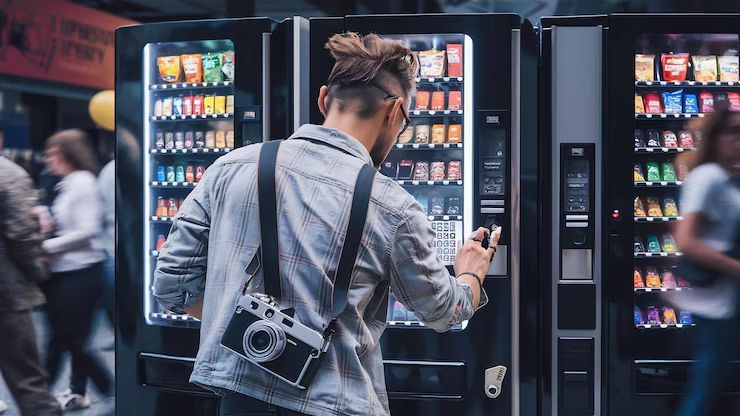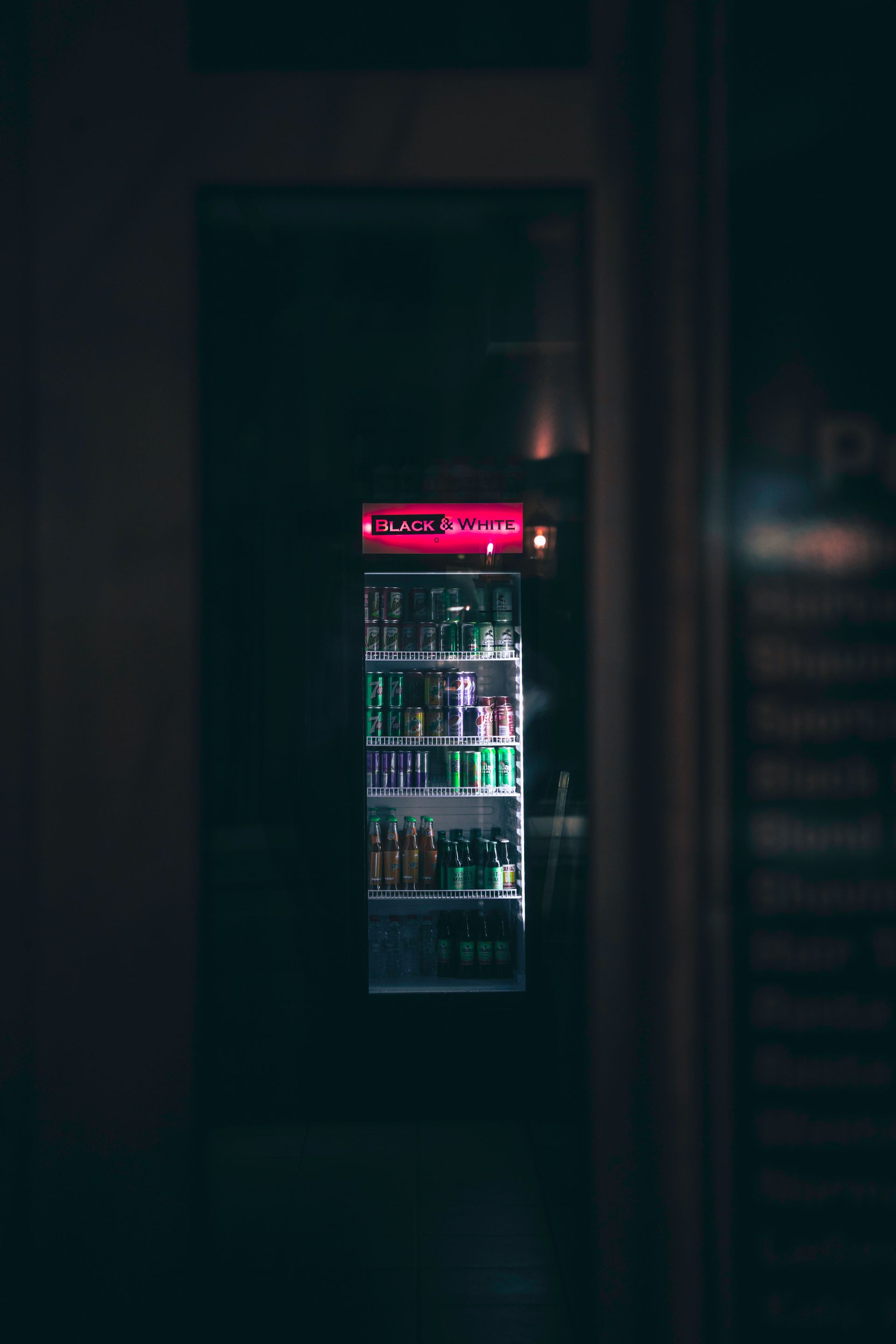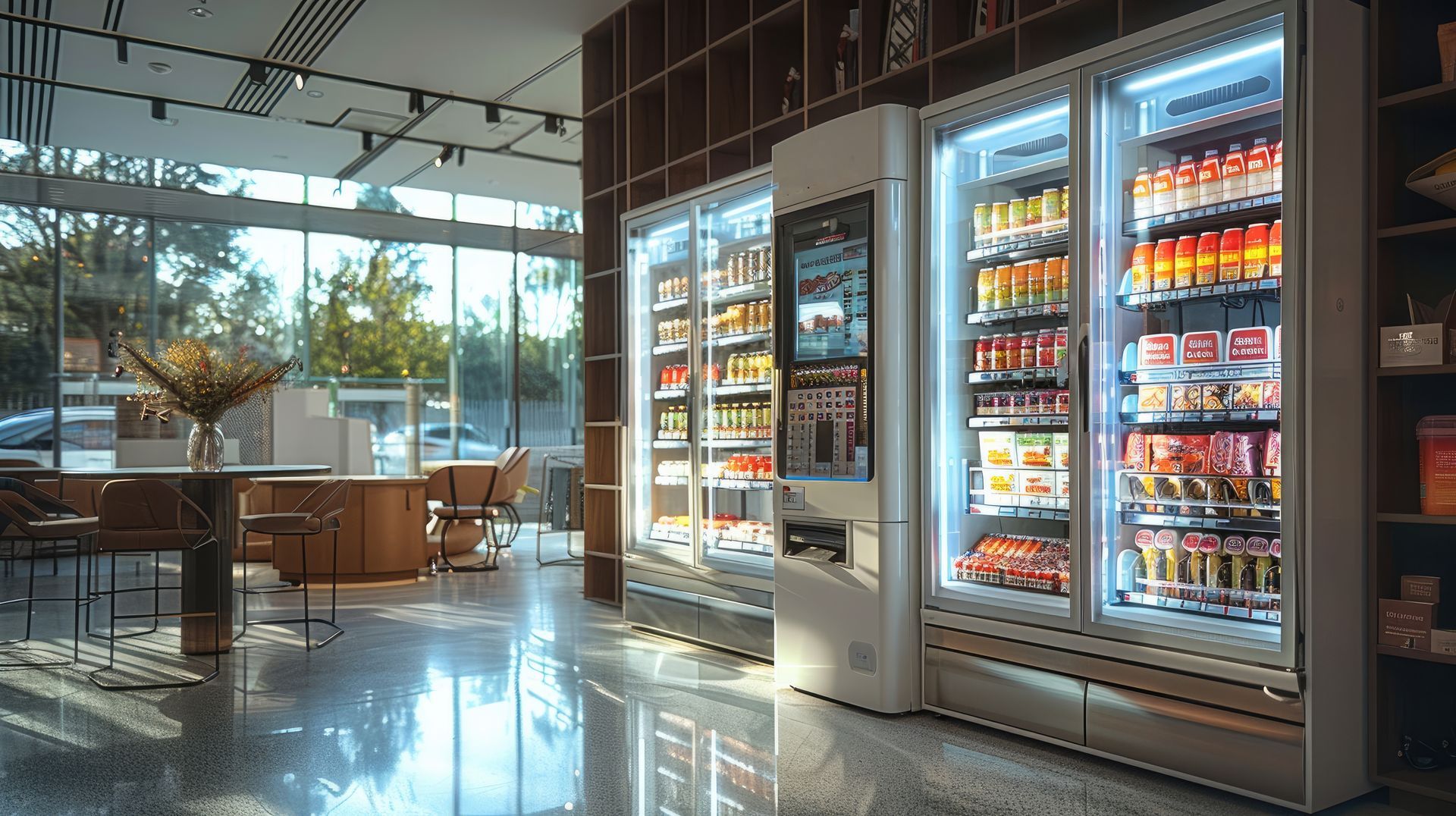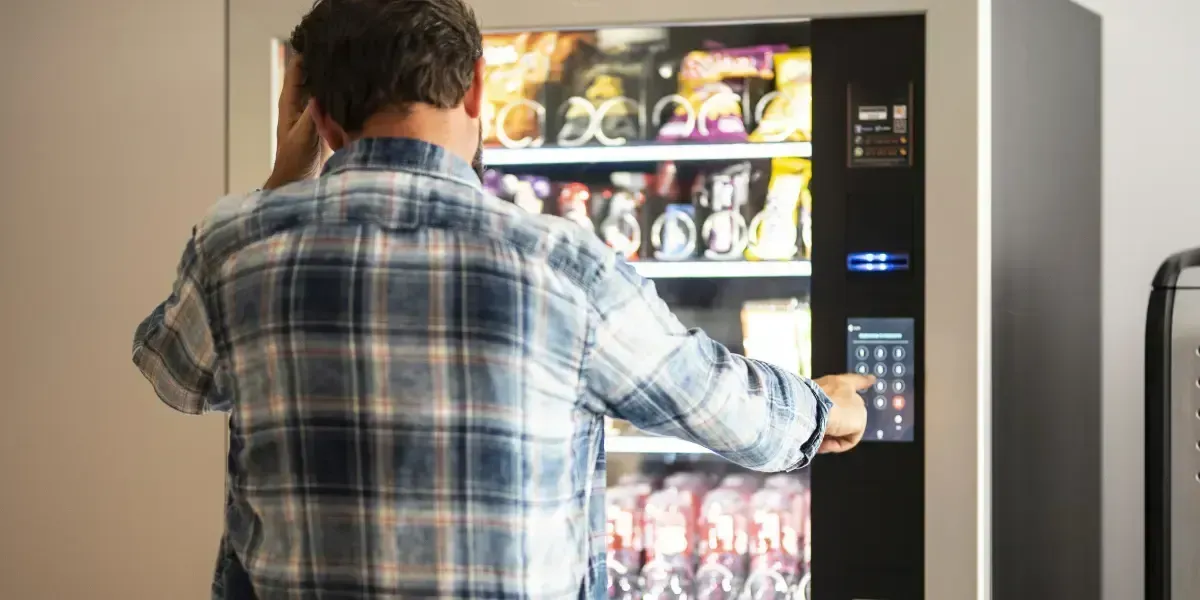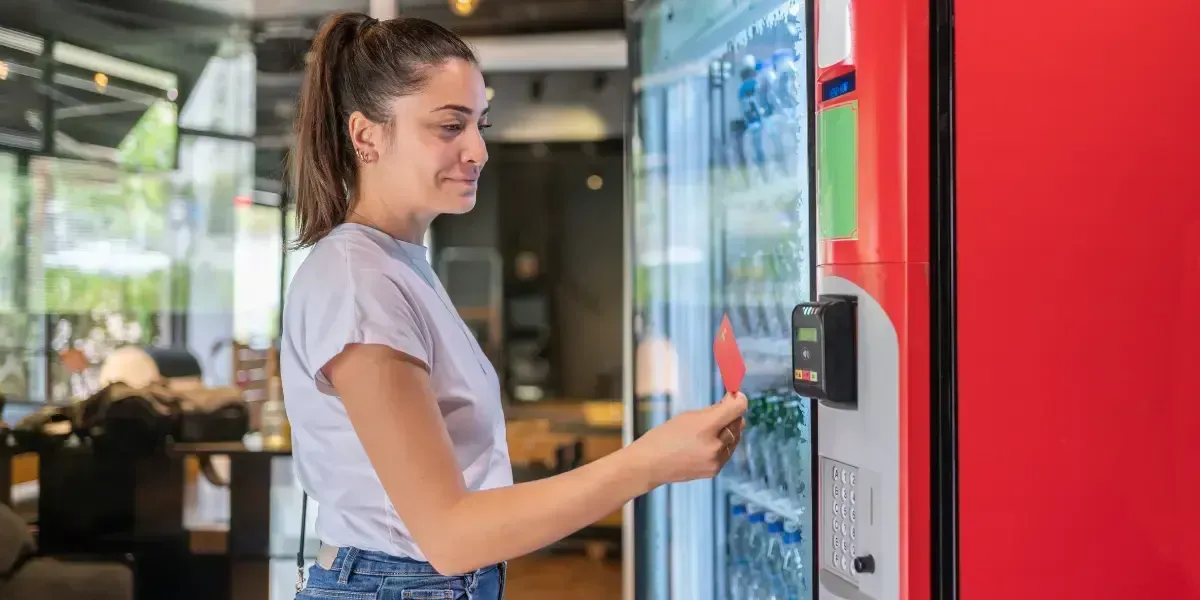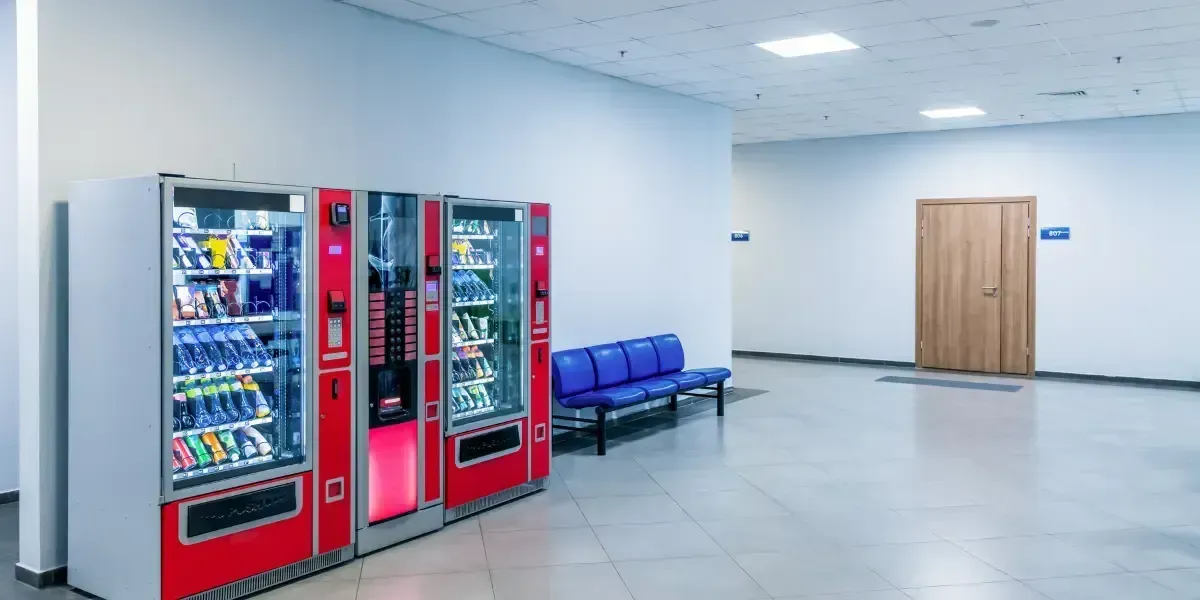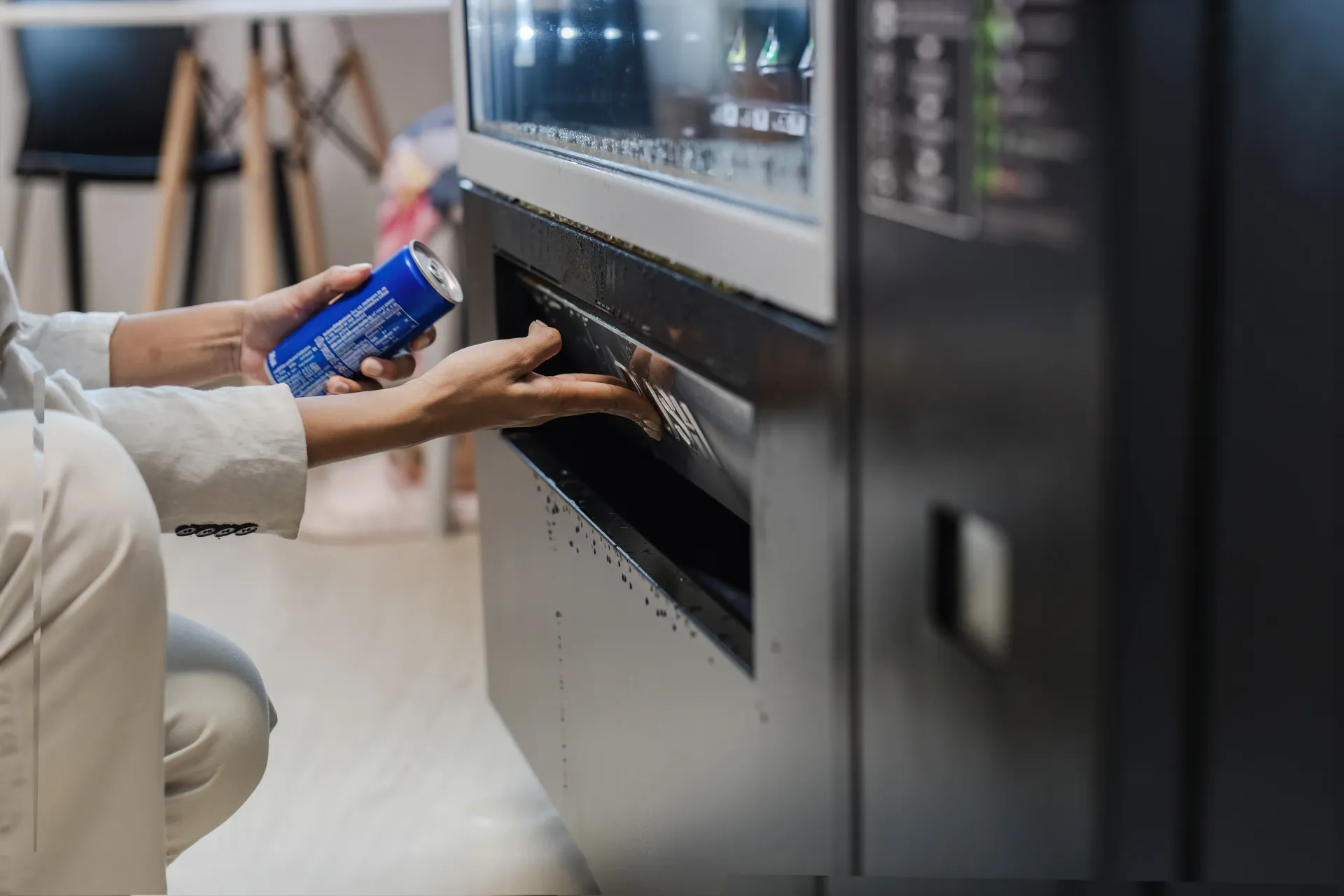Smart Micro-Markets & Pop-Up Vending: Reinventing Convenience in Oakland
Why Oakland Needs More Flexible Vending Options
Oakland is a city with incredible diversity, but its neighborhoods don’t always have equal access to quick and affordable retail. While full-size vending machines are great for large offices and schools, smaller community spaces often go underserved. This is where micro-markets and pop-up vending setups come in.
These new formats can help fill gaps in local convenience, offer healthier choices, and even spotlight Oakland’s own small food makers and artisans.
What Makes Micro-Markets Different?
A micro-market is like a self-service mini-store: shelves and coolers stocked with food and drinks, paired with a self-checkout kiosk. Customers can grab fresh sandwiches, snacks, or local products and pay with their phone or card—no cashier needed.
Pop-up vending is more mobile: a temporary stand, cart, or kiosk placed at events, fairs, or high-traffic corners. Think of it as vending that can move with the community.
Why These Models Fit Oakland Perfectly
- Retail Gaps – Some Oakland neighborhoods don’t have enough corner stores or quick-service shops. Micro-markets can bridge that gap by bringing convenient access right into apartment lobbies, transit hubs, or community centers.
- Support for Local Goods – Oakland residents are known for supporting local and sustainable products. Micro-markets make it possible to stock items from nearby snack brands, kombucha brewers, and small food entrepreneurs.
- Transit & Shared Spaces – With BART stations, co-working hubs, and shared housing communities, there are plenty of small but busy spots that could use vending solutions more flexible than a bulky machine.
- Lower Risk, More Flexibility – Pop-ups let you test different locations, adapt to seasonal events, and relocate easily. For operators, that means less upfront cost and more opportunity to find what works.
- Better Customer Experience – Open shelves and kiosks allow more product variety, fresher items, and seamless payment options—something today’s Oakland customer expects.
Things to Watch Out For
- Theft & Shrinkage: Keep markets safe with cameras, mirrored surfaces, and regular restocking.
- Inventory Management: Use sensors or tracking systems so you don’t waste time guessing what’s sold.
- Permits & Regulations: Oakland has rules for vending, so it’s important to stay compliant and work with property owners.
- Restocking Challenges: Build efficient delivery routes to cover both machines and micro-markets.
A Roadmap for Expanding in Oakland
- Identify Target Locations – Look at neighborhoods like Temescal, Fruitvale, and West Oakland for potential community centers, apartments, or libraries that could host micro-markets.
- Pilot in Shared Workspaces – Start with co-working offices and tech hubs, where there’s consistent foot traffic.
- Stock Local & Healthy Options – Differentiate by offering Oakland-made snacks, artisan drinks, and healthier alternatives.
- Try Seasonal Pop-Ups – Test setups at farmers markets, street fairs, and festivals to reach new audiences.
- Partner with Local Businesses – Collaborate with small producers to feature their products, creating a win-win for the community.
Example Use Cases in Oakland
- Transit Stations: Grab-and-go kiosks with coffee, bottled water, and energy snacks.
- Apartment Complexes: A mini-market in the lobby for late-night essentials.
- Community Centers: Shelves with affordable snacks and drinks for kids and families.
- Street Fairs: Pop-up vending with cold drinks and quick bites.
- Artisan Collaboration: Blend local crafts and snacks in one modular setup to support Oakland’s creative scene
Measuring Success
- Sales per kiosk or square foot
- How fast products sell out
- Customer repeat visits
- Feedback on local products
- Losses or shrinkage rates
Final Thoughts
Oakland thrives on community, creativity, and convenience. By introducing micro-markets and pop-up vending, operators can meet customers where they are, support local businesses, and offer more flexible retail solutions.
For Resilient Vending, piloting just a few micro-markets and seasonal pop-ups could reveal powerful insights—and create a scalable model that benefits both the business and the neighborhoods it serves.
Frequently Asked Questions
What types of snacks are ideal for a small snack vending machine?
Small snack vending machines, including mini candy options, are great for offering a variety of snacks and food items. Popular choices include chips and candy bars. Other good options include granola bars, crackers, nuts, dried fruit, and yogurt cups.
How much space do I need for a small snack vending machine?
Small snack vending machines usually require 3-4 square feet of space. However, the actual space needed can vary depending on the model and its features.
How often should a vending machine be restocked?
The restocking schedule depends on how much the machine is used. Usually, it should be filled every 1 to 2 weeks. This will keep the snacks fresh and avoid running out.
Can I choose the snacks for my vending machine?
Many vending service providers let businesses pick different snacks. This choice is based on what employees like or what customers need. This way, you can satisfy everyone's tastes.
Are cashless payment options available for small snack vending machines?
Yes, many snack vending machines today have cashless payment systems. You can use credit cards, mobile payments, or even contactless options to buy snacks.
